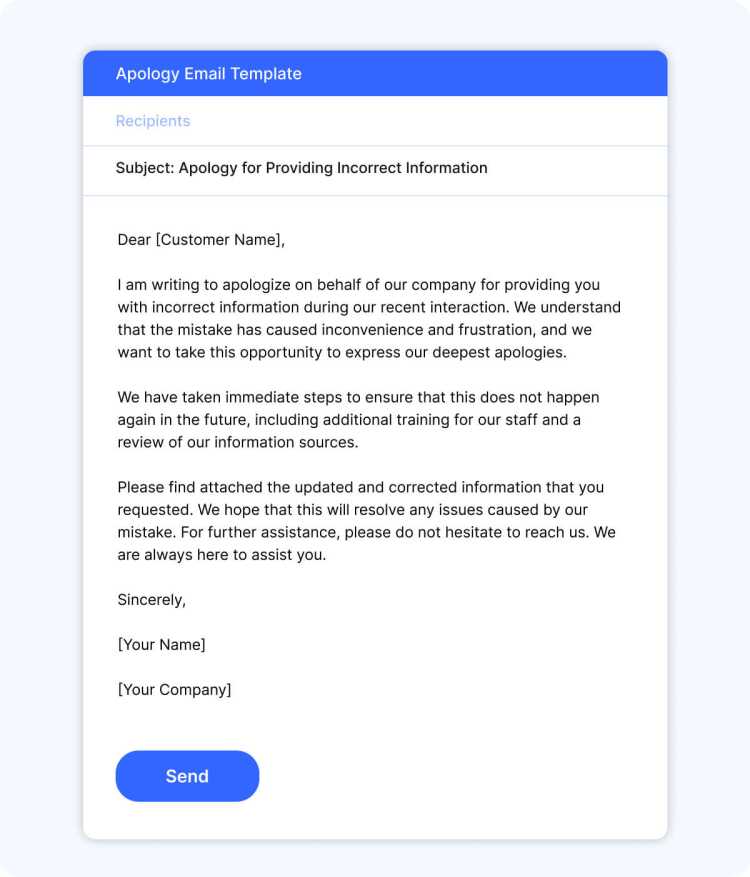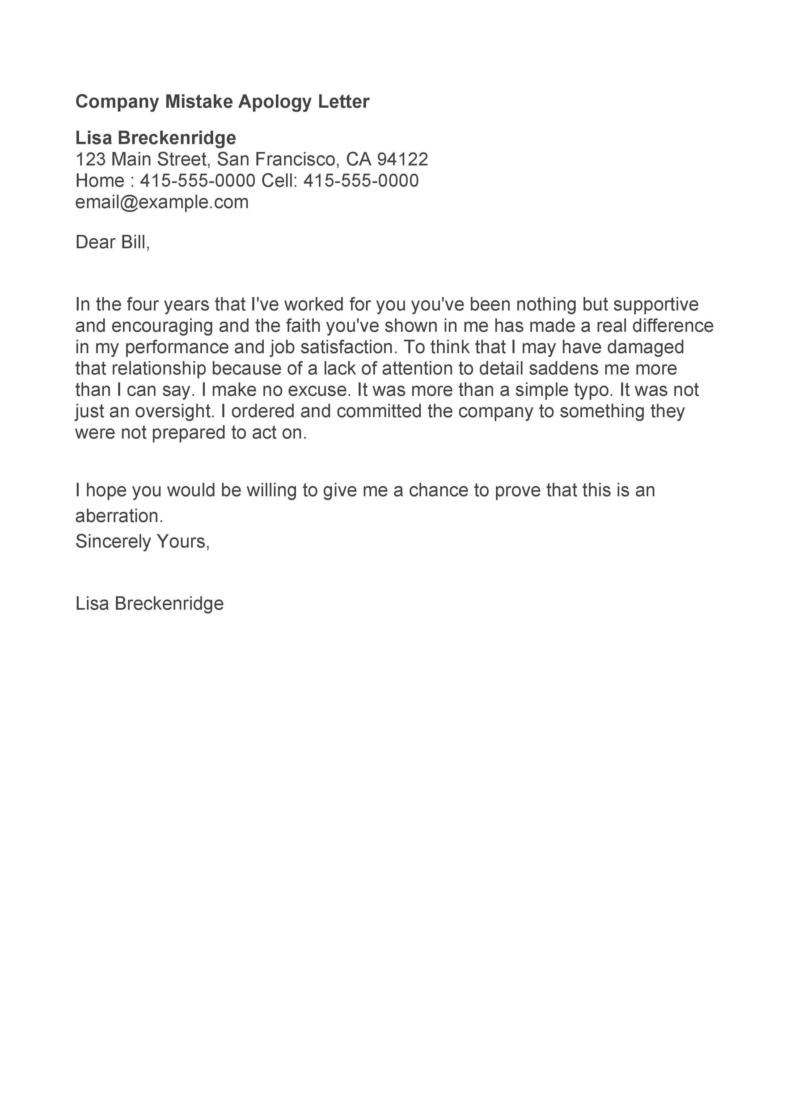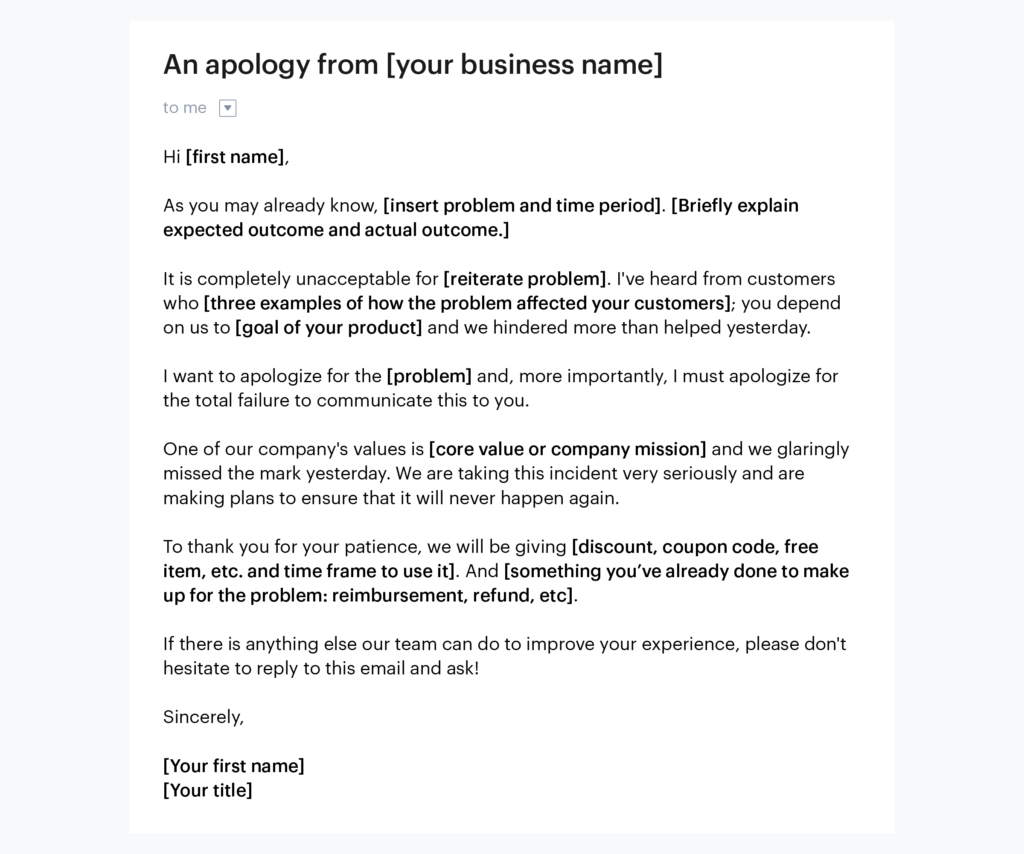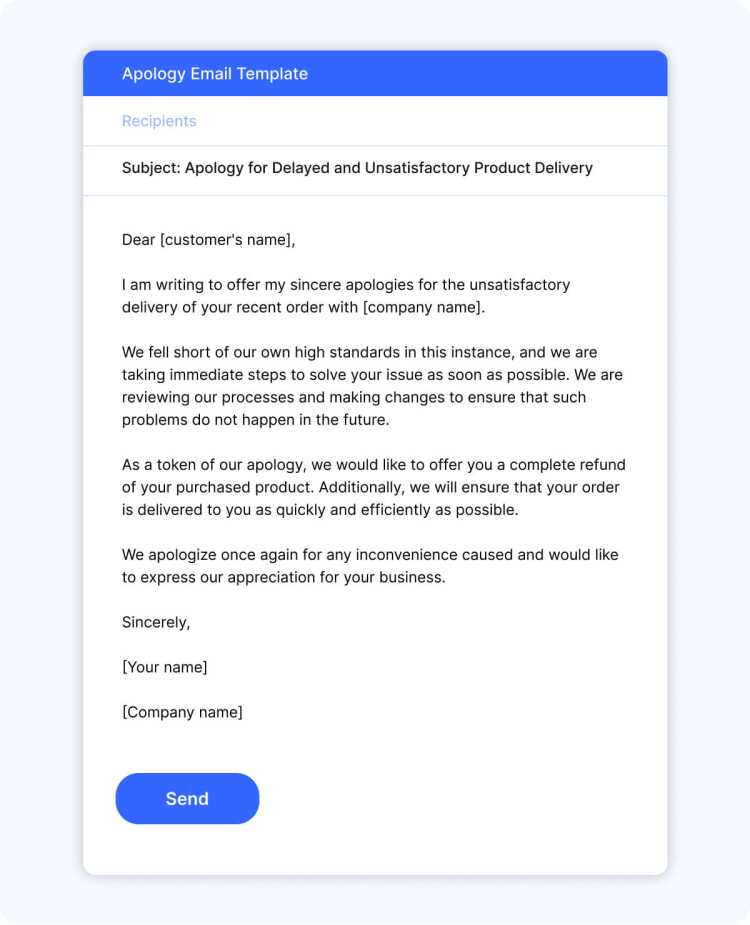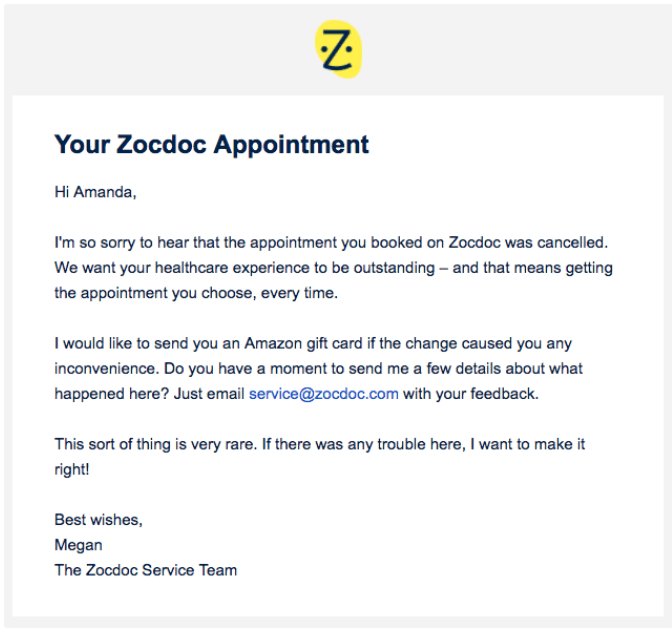How To Apologize Without Apologizing In An Email

In the increasingly digital landscape of professional communication, the art of crafting an email apology has become a delicate dance. Often, the pressure to acknowledge a mistake clashes with the desire to avoid explicitly taking responsibility. The result is a surge in emails that attempt to apologize without actually apologizing – a tightrope walk with potentially disastrous consequences.
Navigating this treacherous terrain requires understanding the nuances of language, the recipient's perspective, and the potential legal ramifications of admissions of guilt. This article delves into the strategies behind crafting effective "non-apologies" in email, exploring the fine line between diffusing a situation and exacerbating it through insincerity or ambiguity.
The Anatomy of a Non-Apology
What exactly constitutes an apology that isn't really an apology? It often involves phrases that express regret or sympathy without accepting blame. Examples include statements like "I'm sorry you feel that way," or "Mistakes were made," which deflect personal accountability.
These approaches are designed to acknowledge the other party's feelings without admitting wrongdoing. They aim to soften the blow of a conflict or error, but their effectiveness is highly debatable.
Why Opt for a Non-Apology?
Several factors can drive individuals to choose a non-apology over a direct admission of fault. Legal concerns are often paramount, as an admission can be used against them in legal proceedings. This is particularly relevant in corporate settings where liability is a significant consideration.
Fear of professional repercussions, such as damage to reputation or career advancement, also plays a role. Some may believe that appearing vulnerable weakens their position.
The Perils of Insincerity
However, the risks associated with a disingenuous apology are substantial. Recipients often perceive these statements as insincere, dismissive, and even condescending.
According to a study published in the Journal of Business Ethics, perceived insincerity in apologies can damage relationships and erode trust more severely than a lack of apology altogether. This can lead to further conflict and resentment.
Crafting a More Effective Response
So, how can one navigate a situation requiring acknowledgment without necessarily apologizing? The key is to focus on empathy, understanding, and a willingness to find a resolution.
Instead of saying "I'm sorry you were inconvenienced," try: "I understand this situation has caused an inconvenience, and I'm committed to finding a solution." This acknowledges the impact without explicitly taking blame.
Focus on Solutions and Prevention
Shifting the focus from the error to the solution demonstrates a commitment to rectifying the situation. Offering concrete steps to prevent similar issues in the future is crucial.
For example, instead of saying "Mistakes were made in processing your order," try: "We are reviewing our order processing procedures to ensure accuracy in the future, and we are taking immediate steps to correct the error with your order."
Expressing Empathy Authentically
Genuine empathy is essential for building rapport and diffusing tension. Acknowledge the other party's feelings and validate their concerns.
Use phrases like, "I can understand your frustration," or "I appreciate you bringing this to our attention." These demonstrate that you are listening and understand their perspective.
Ethical Considerations
Ultimately, the decision of whether to apologize directly or to offer a carefully crafted alternative is an ethical one. Transparency and honesty are crucial for building and maintaining trust.
Consider the potential long-term consequences of prioritizing self-preservation over genuine remorse. While legal and professional concerns are valid, prioritizing ethical conduct can lead to stronger, more sustainable relationships.
Looking Ahead
As email communication continues to evolve, the need for nuanced and effective strategies for addressing mistakes will only increase. Developing strong communication skills, including the ability to empathize and offer solutions, is essential for navigating complex situations.
By prioritizing transparency, understanding, and a commitment to resolution, professionals can mitigate conflict, rebuild trust, and foster stronger relationships in the digital age. The best approach often hinges on honesty and a genuine effort to improve the situation.









